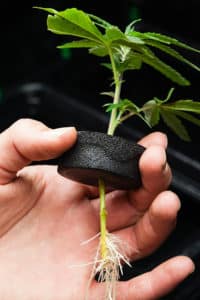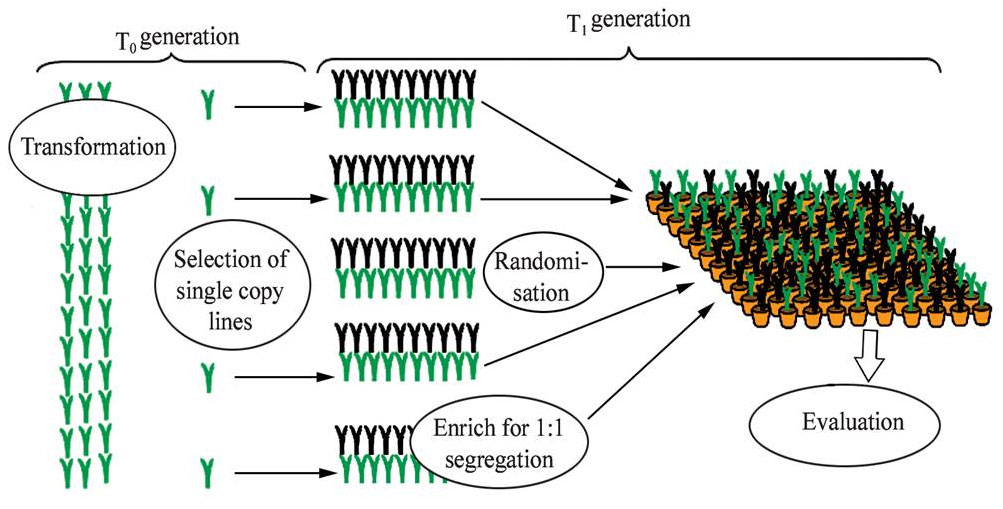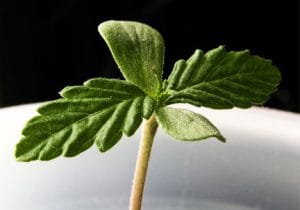
There are many types of breeding programs, some more complex than others and the type of breeding method you use depends fully on what you are wanting your outcome to be.
Ideally, potential breeders understand the benefits and drawbacks of each strategy before they take action. It is often that breeders will use more than one method to achieve their goal.
Some often-used measures of performance are General Combining Ability (GCA) and Specific Combining Ability (SCA). General combining ability is the average or overall performance of a given line in hybrid mixes open-pollinated with other lines.
Open pollination is a very low-effort type of seed production and involves minimal selection to no selection. The seeds are planted and left to flower so the plants are then gone through and undesired ones are removed.
Inbred lines and other populations are maintained through open pollination and are often bred by a single person and then produced for commercial production and sale by other people.
Some breeders create their true-breeding population and then license out the seeds to companies, who in turn plant them and create more for sale. Inbreeding is simply crossing a variety of plants within themselves with no additions of genetic material. The most severe form of inbreeding is the self-cross where the plant pollinates itself.

When two (2) individual plants are crossed again and again in such a tight as well as narrow breeding population, this leads to a condition that is known as “inbreeding depression”. With inbreeding depression, plant vigor can decrease or any other characteristic due to excessive inbreeding. This can also decrease the yield of plants and slow the growth rate of plants.
Cross-pollinated crops will exhibit a higher degree of inbreeding depression if it is through self-crossing. In cross-pollinated crops, negative attributes can be revealed or unmasked within the populations through continual inbreeding.
Cannabis Plant Inbreeding Depression

Inbreeding depression can be apparent within Self-1 or S1 populations after a single generation of self-fertilization. When you are breeding cannabis in a small population, it is often the case with repeated 1:1 breeding schemes, and inbreeding depression sets in around the third (3rd) to sixth (6th) generation.
To solve this, issue a breeder will commonly maintain a separate, parallel breeding line where each of which is selected for similar or identical traits that they express.
After many generations of inbreeding when each of the inbred lines or selfed populations begins to show inbreeding depression. This is because they are crossbred to each other to restore the plants’ robustness and eliminate inbreeding depression while preserving the genetic constancy of their traits under selection.
Cannabis is naturally an out-crossing or cross-pollinating species and exists in the wild breeding populations of hundreds if not thousands of individuals. Among all of these individuals, there lies a wide array of genes.
When only one (1) or two (2) plants are selected for breeding, we radically decrease the genetic variability found in the original population, basically creating a genetic bottleneck of sorts. With this, the inconsistency is lost from populations and becomes inaccessible for future generations.
Let us know what you think.




Responses